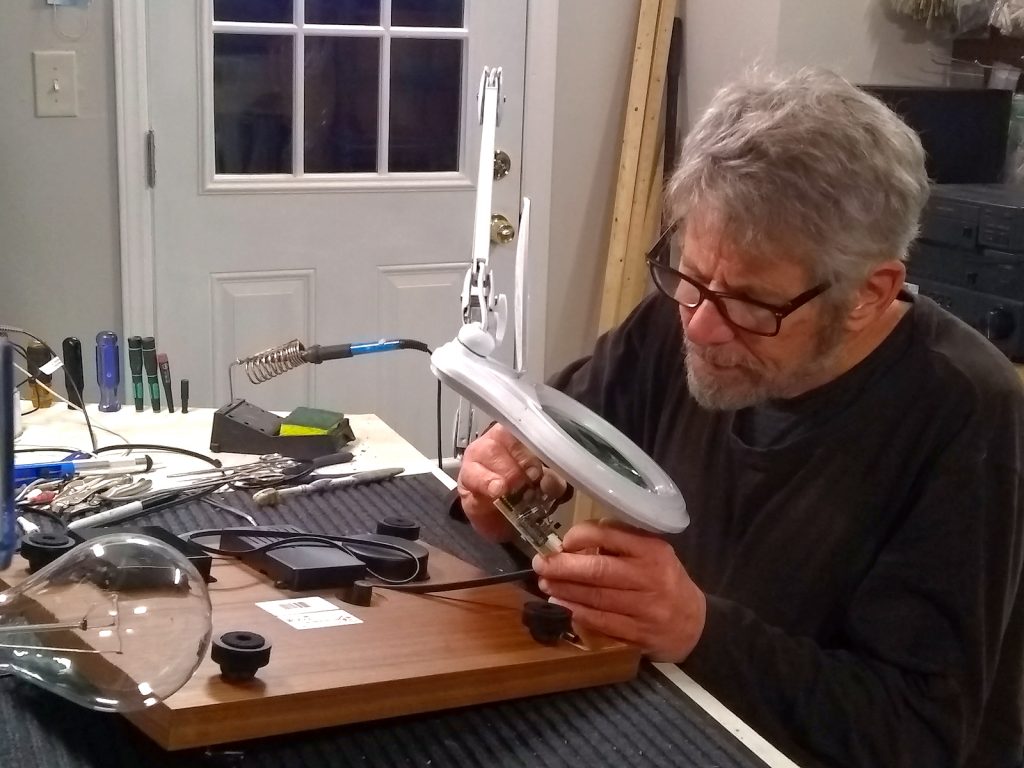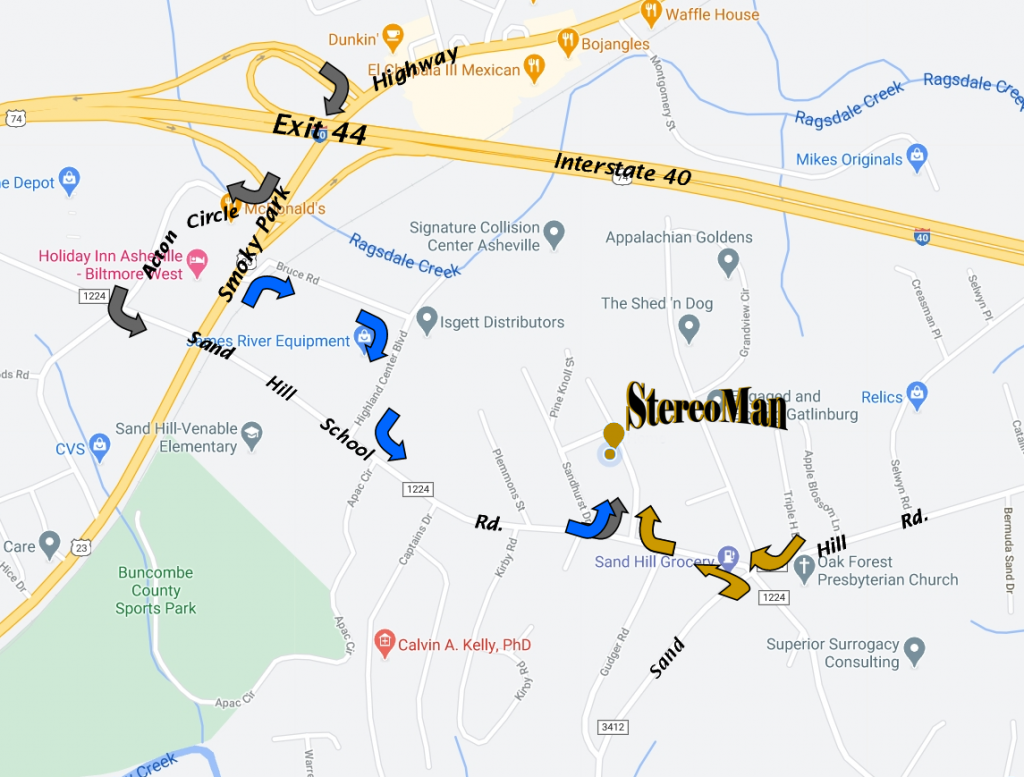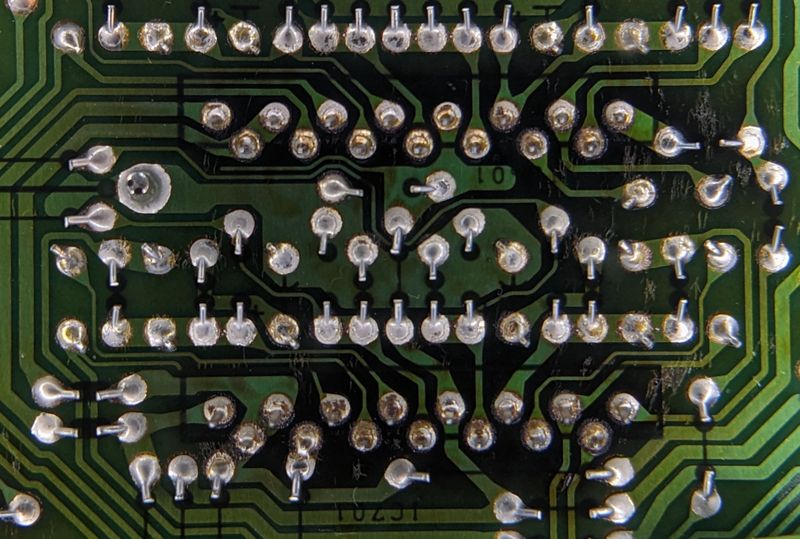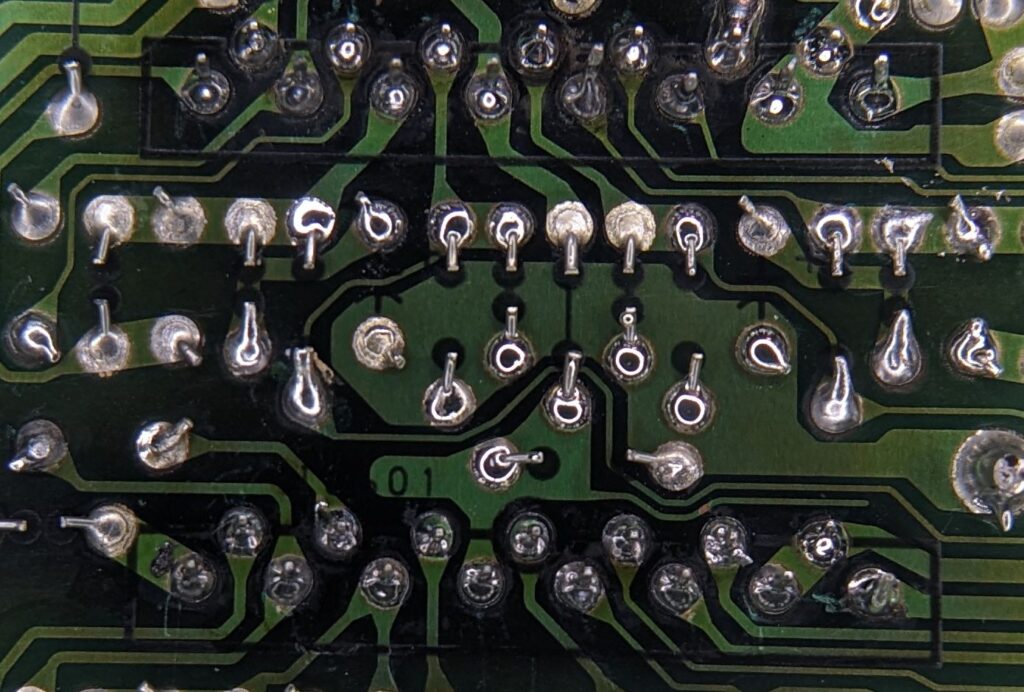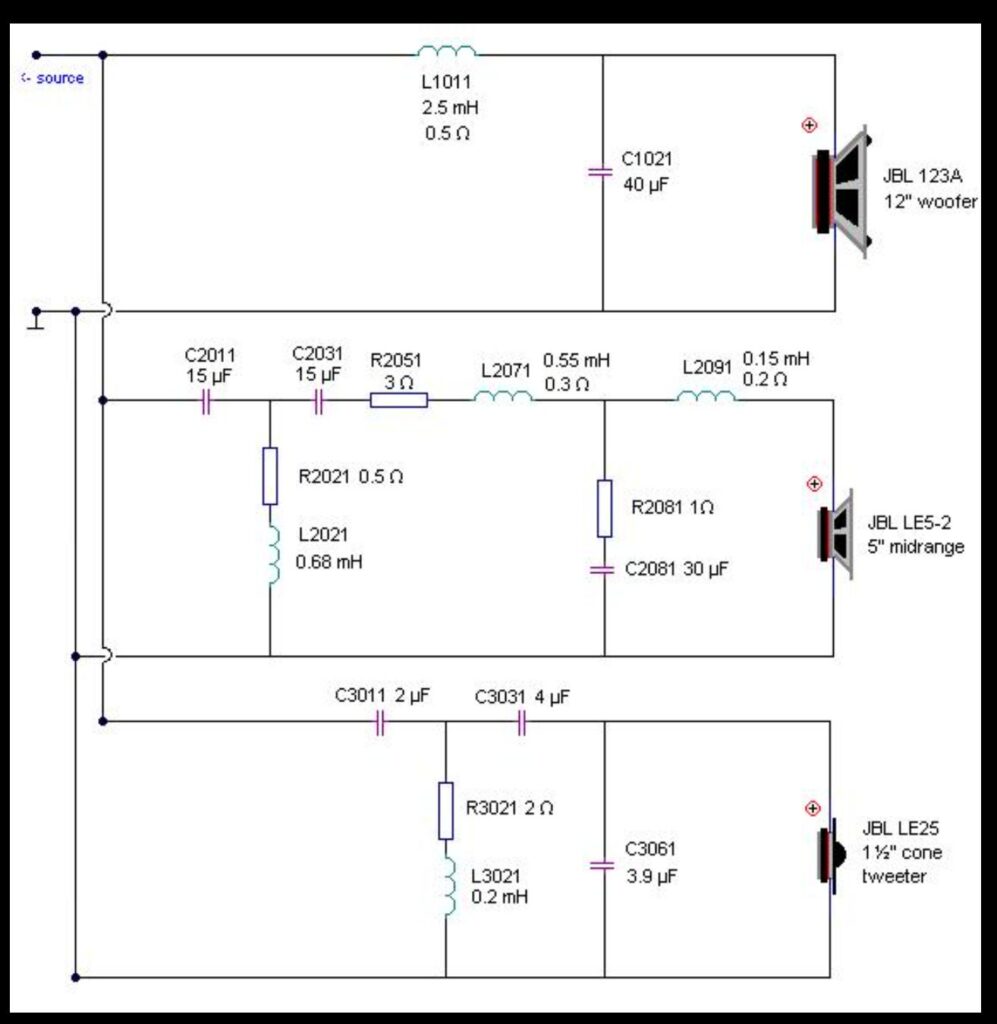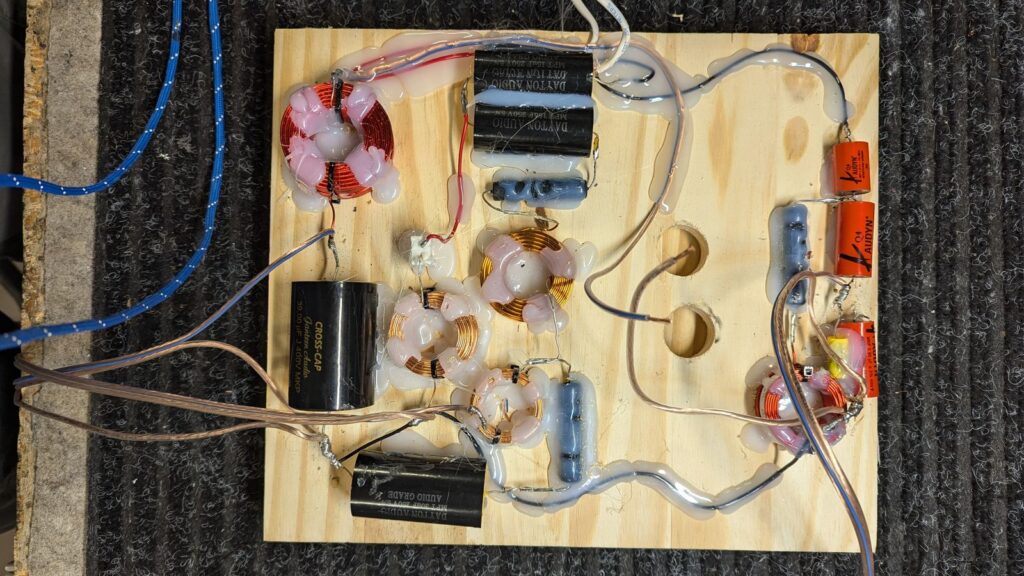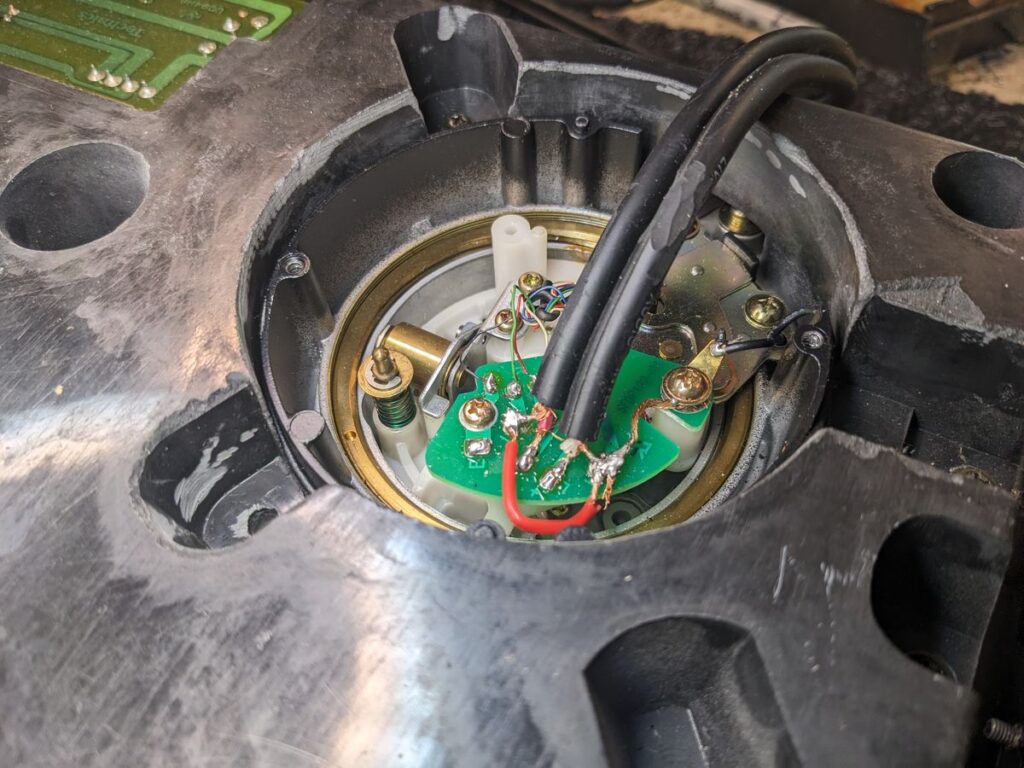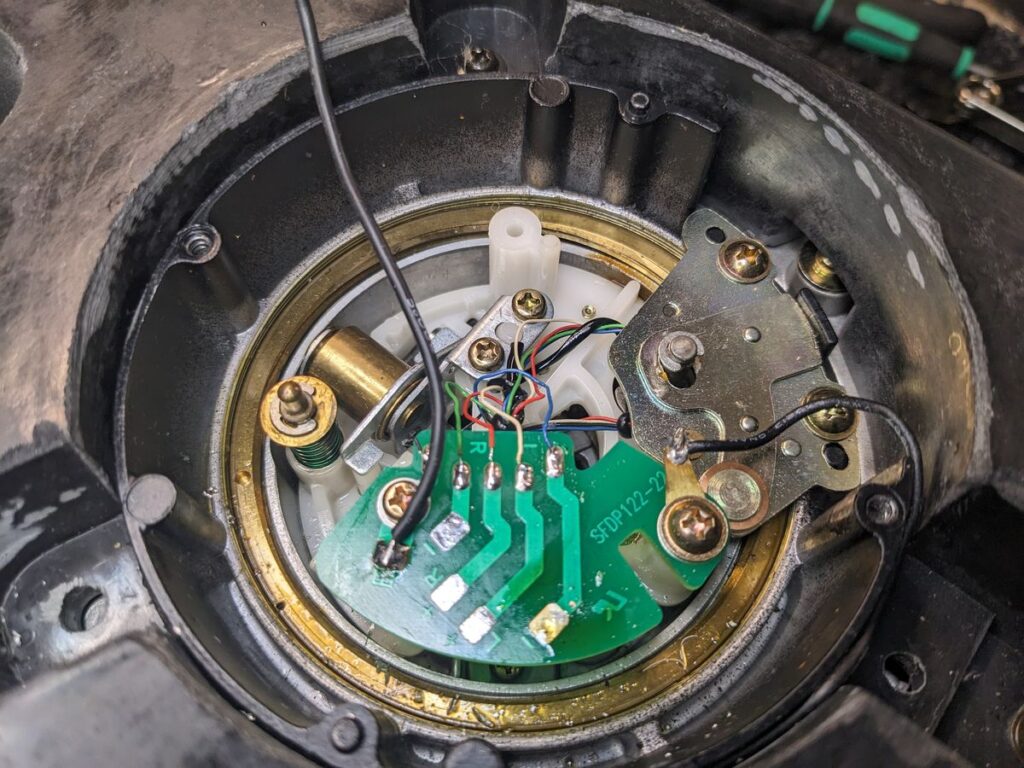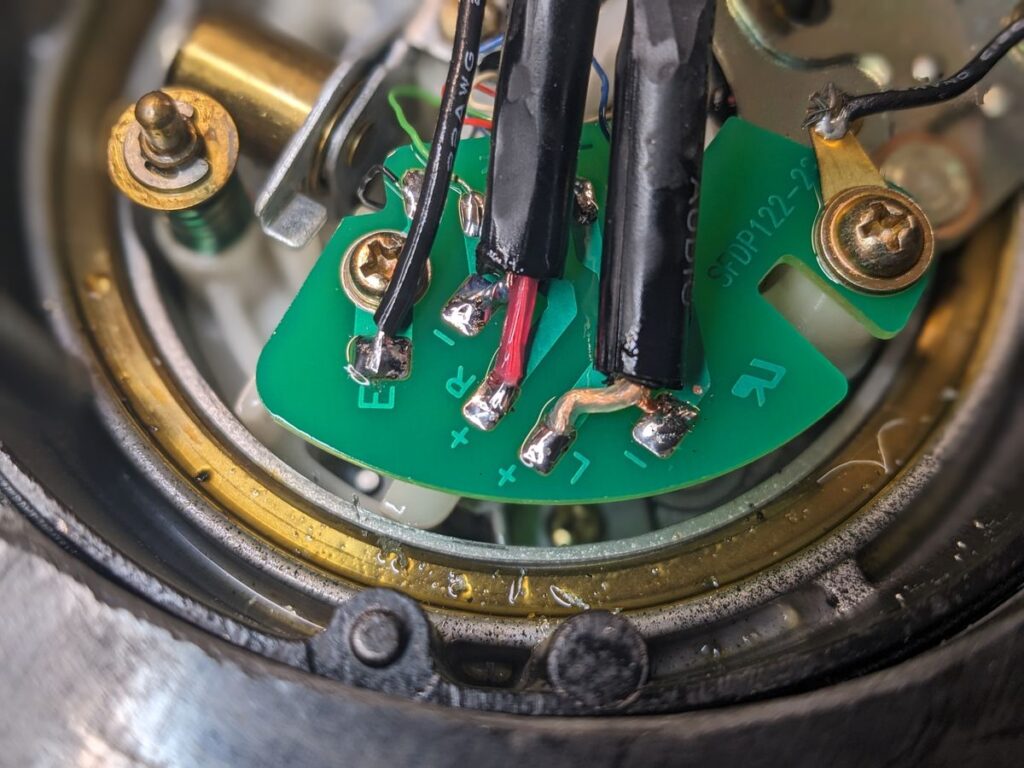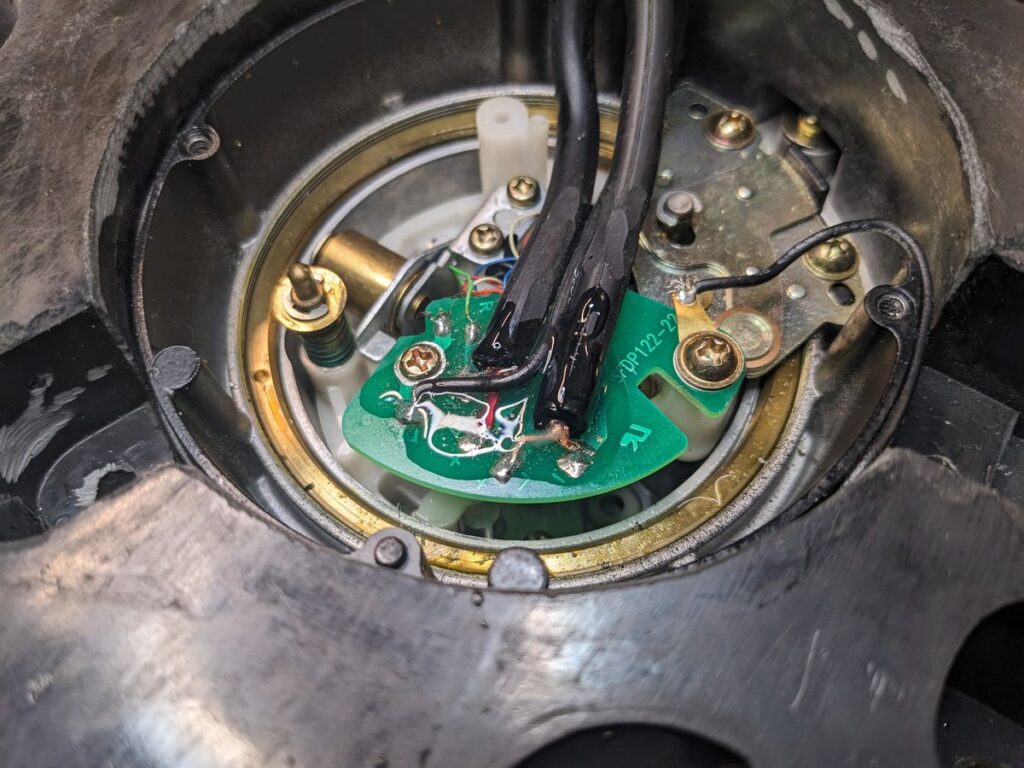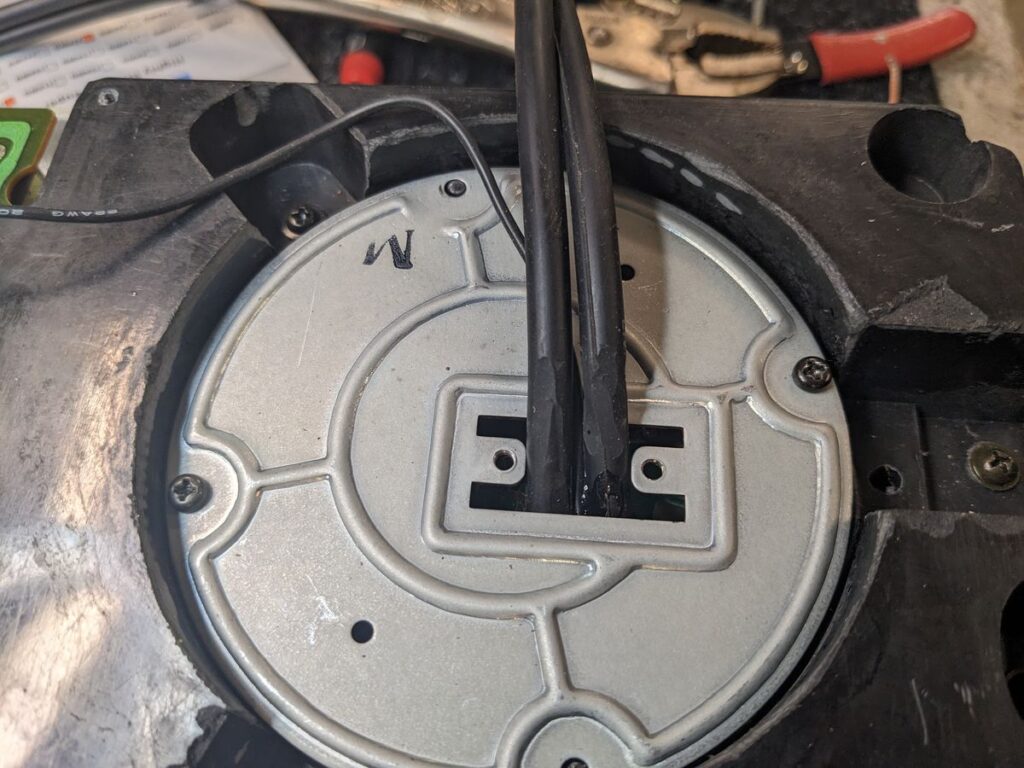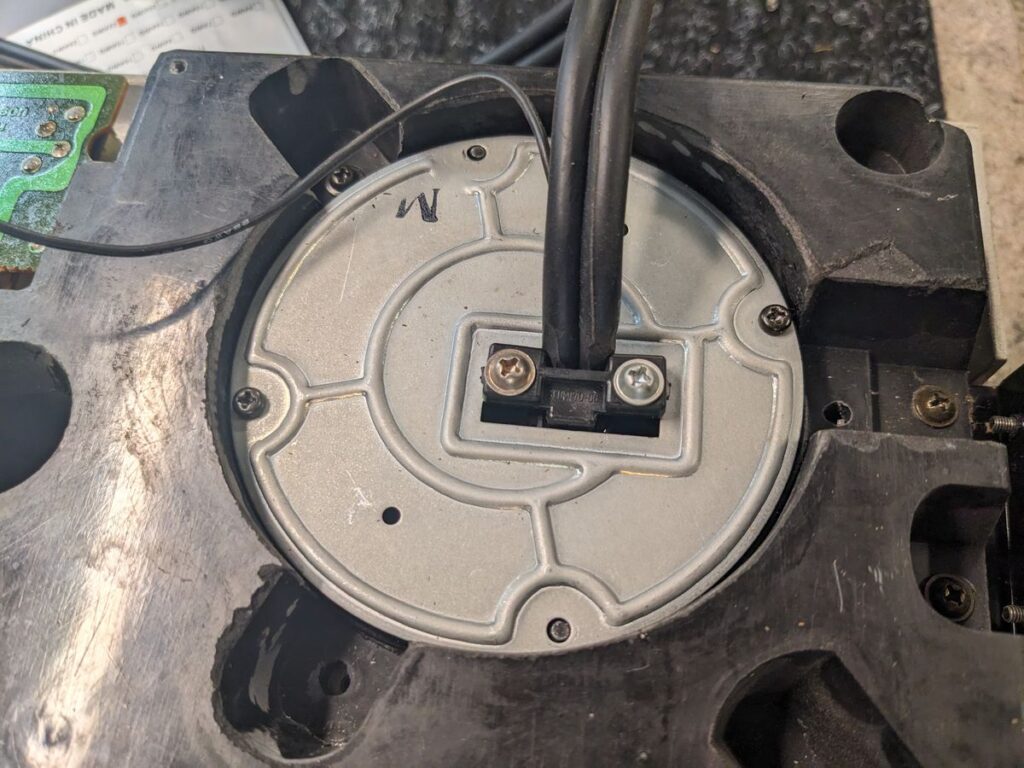Apr 5, 2025
Most people would say my $25 bench fee is very reasonable, and I’m happy to keep it that way, as I find the vast majority of the time, my repair cost estimates are accepted and I am able to recoup the cost of my time beyond the 30 minutes it covers. Not always though. Sometimes it doesn’t even cover the time I spend trying to communicate with the customer. Here’s an extreme example.
On Jan 21, this person — I’ll call him “Chaz” to obscure his identity — brought me a classic Technics SL-1210 turntable in a nice heavy-duty road case, with instructions to check it out and let him know what was needed and what it would cost. He paid my $25 bench fee and I told him to expect a call on a couple of weeks.
On Feb 3 I checked out the table and found it had several issues, a couple of which would be quite costly, but perhaps not necessary, to resolve. I called to let him know what I had found and talk about his options. I got no answer, so I left a voice mail. Weeks went by and I did not hear from him, so I called again on Mar 10, again got no answer, so again I left a voice mail. Weeks went by, no word, so on Apr 1 I tried texting him.
Finally, on Apr 11, I got a text reply. “I’ve been out of town,” Chaz said. “Is my turntable ready for pickup?” Well no, it wasn’t, we needed to have a conversation about the several issues it had, so I texted him to please call me. “I’ll just pick it up,” he replied, “please let me know when I can.”
Did I misunderstand his intention when he brought it in? Did he not in fact want me to assess it and report my findings? “We need to talk,” I texted back. But Chaz was adamant. “Just please let me know when I can pick it up. I don’t care if it’s been repaired or not,” he replied. “I just want my turntable back.” As if it was my fault I’d had it for so long.
I thought it best to take him at his word, so I replied “10:00 a.m. tomorrow.” Did he show up at 10:00 a.m.? Well no. I texted him at 10:15, “Checking in about our 10:00 a.m. appointment.” Crickets.
Most people would say my $25 bench fee is very reasonable, and I’m happy to keep it that way, because the vast majority of my customers are more respectful of my time than this.
![]()
